Tim Oates
Hierarchical Learning for Maze Navigation: Emergence of Mental Representations via Second-Order Learning
Sep 17, 2025Abstract:Mental representation, characterized by structured internal models mirroring external environments, is fundamental to advanced cognition but remains challenging to investigate empirically. Existing theory hypothesizes that second-order learning -- learning mechanisms that adapt first-order learning (i.e., learning about the task/domain) -- promotes the emergence of such environment-cognition isomorphism. In this paper, we empirically validate this hypothesis by proposing a hierarchical architecture comprising a Graph Convolutional Network (GCN) as a first-order learner and an MLP controller as a second-order learner. The GCN directly maps node-level features to predictions of optimal navigation paths, while the MLP dynamically adapts the GCN's parameters when confronting structurally novel maze environments. We demonstrate that second-order learning is particularly effective when the cognitive system develops an internal mental map structurally isomorphic to the environment. Quantitative and qualitative results highlight significant performance improvements and robust generalization on unseen maze tasks, providing empirical support for the pivotal role of structured mental representations in maximizing the effectiveness of second-order learning.
One Model, Two Minds: A Context-Gated Graph Learner that Recreates Human Biases
Sep 10, 2025Abstract:We introduce a novel Theory of Mind (ToM) framework inspired by dual-process theories from cognitive science, integrating a fast, habitual graph-based reasoning system (System 1), implemented via graph convolutional networks (GCNs), and a slower, context-sensitive meta-adaptive learning system (System 2), driven by meta-learning techniques. Our model dynamically balances intuitive and deliberative reasoning through a learned context gate mechanism. We validate our architecture on canonical false-belief tasks and systematically explore its capacity to replicate hallmark cognitive biases associated with dual-process theory, including anchoring, cognitive-load fatigue, framing effects, and priming effects. Experimental results demonstrate that our dual-process approach closely mirrors human adaptive behavior, achieves robust generalization to unseen contexts, and elucidates cognitive mechanisms underlying reasoning biases. This work bridges artificial intelligence and cognitive theory, paving the way for AI systems exhibiting nuanced, human-like social cognition and adaptive decision-making capabilities.
Skin-SOAP: A Weakly Supervised Framework for Generating Structured SOAP Notes
Aug 07, 2025Abstract:Skin carcinoma is the most prevalent form of cancer globally, accounting for over $8 billion in annual healthcare expenditures. Early diagnosis, accurate and timely treatment are critical to improving patient survival rates. In clinical settings, physicians document patient visits using detailed SOAP (Subjective, Objective, Assessment, and Plan) notes. However, manually generating these notes is labor-intensive and contributes to clinician burnout. In this work, we propose skin-SOAP, a weakly supervised multimodal framework to generate clinically structured SOAP notes from limited inputs, including lesion images and sparse clinical text. Our approach reduces reliance on manual annotations, enabling scalable, clinically grounded documentation while alleviating clinician burden and reducing the need for large annotated data. Our method achieves performance comparable to GPT-4o, Claude, and DeepSeek Janus Pro across key clinical relevance metrics. To evaluate this clinical relevance, we introduce two novel metrics MedConceptEval and Clinical Coherence Score (CCS) which assess semantic alignment with expert medical concepts and input features, respectively.
Towards Scalable SOAP Note Generation: A Weakly Supervised Multimodal Framework
Jun 12, 2025Abstract:Skin carcinoma is the most prevalent form of cancer globally, accounting for over $8 billion in annual healthcare expenditures. In clinical settings, physicians document patient visits using detailed SOAP (Subjective, Objective, Assessment, and Plan) notes. However, manually generating these notes is labor-intensive and contributes to clinician burnout. In this work, we propose a weakly supervised multimodal framework to generate clinically structured SOAP notes from limited inputs, including lesion images and sparse clinical text. Our approach reduces reliance on manual annotations, enabling scalable, clinically grounded documentation while alleviating clinician burden and reducing the need for large annotated data. Our method achieves performance comparable to GPT-4o, Claude, and DeepSeek Janus Pro across key clinical relevance metrics. To evaluate clinical quality, we introduce two novel metrics MedConceptEval and Clinical Coherence Score (CCS) which assess semantic alignment with expert medical concepts and input features, respectively.
DeBUGCN -- Detecting Backdoors in CNNs Using Graph Convolutional Networks
Feb 25, 2025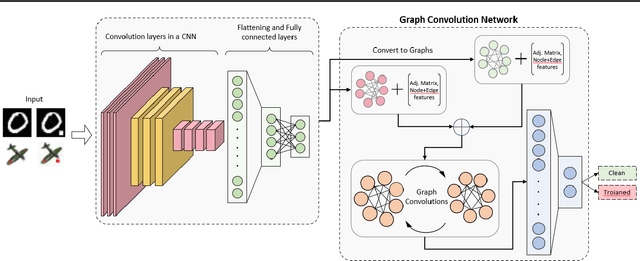
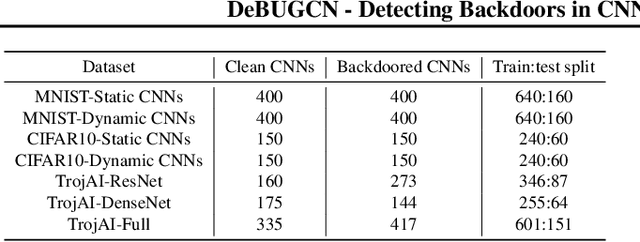
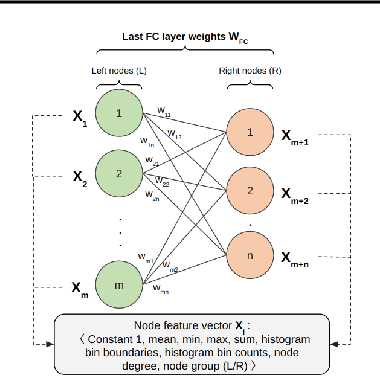
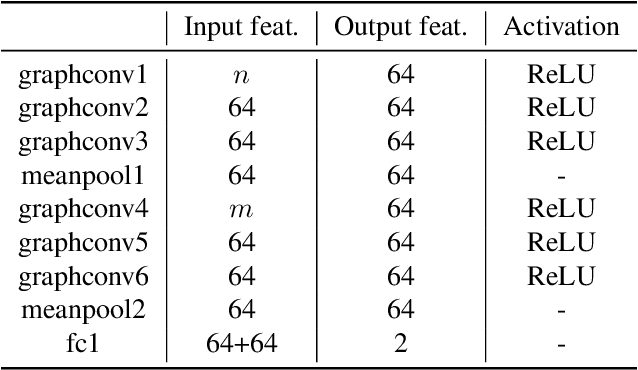
Abstract:Deep neural networks (DNNs) are becoming commonplace in critical applications, making their susceptibility to backdoor (trojan) attacks a significant problem. In this paper, we introduce a novel backdoor attack detection pipeline, detecting attacked models using graph convolution networks (DeBUGCN). To the best of our knowledge, ours is the first use of GCNs for trojan detection. We use the static weights of a DNN to create a graph structure of its layers. A GCN is then used as a binary classifier on these graphs, yielding a trojan or clean determination for the DNN. To demonstrate the efficacy of our pipeline, we train hundreds of clean and trojaned CNN models on the MNIST handwritten digits and CIFAR-10 image datasets, and show the DNN classification results using DeBUGCN. For a true In-the-Wild use case, our pipeline is evaluated on the TrojAI dataset which consists of various CNN architectures, thus showing the robustness and model-agnostic behaviour of DeBUGCN. Furthermore, on comparing our results on several datasets with state-of-the-art trojan detection algorithms, DeBUGCN is faster and more accurate.
MedGrad E-CLIP: Enhancing Trust and Transparency in AI-Driven Skin Lesion Diagnosis
Jan 12, 2025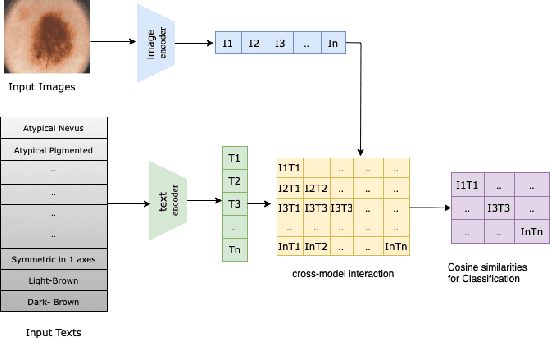
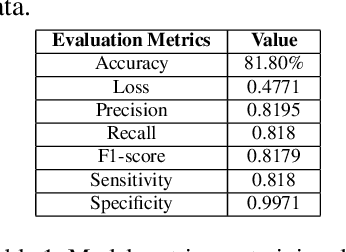


Abstract:As deep learning models gain attraction in medical data, ensuring transparent and trustworthy decision-making is essential. In skin cancer diagnosis, while advancements in lesion detection and classification have improved accuracy, the black-box nature of these methods poses challenges in understanding their decision processes, leading to trust issues among physicians. This study leverages the CLIP (Contrastive Language-Image Pretraining) model, trained on different skin lesion datasets, to capture meaningful relationships between visual features and diagnostic criteria terms. To further enhance transparency, we propose a method called MedGrad E-CLIP, which builds on gradient-based E-CLIP by incorporating a weighted entropy mechanism designed for complex medical imaging like skin lesions. This approach highlights critical image regions linked to specific diagnostic descriptions. The developed integrated pipeline not only classifies skin lesions by matching corresponding descriptions but also adds an essential layer of explainability developed especially for medical data. By visually explaining how different features in an image relates to diagnostic criteria, this approach demonstrates the potential of advanced vision-language models in medical image analysis, ultimately improving transparency, robustness, and trust in AI-driven diagnostic systems.
A Walsh Hadamard Derived Linear Vector Symbolic Architecture
Oct 30, 2024
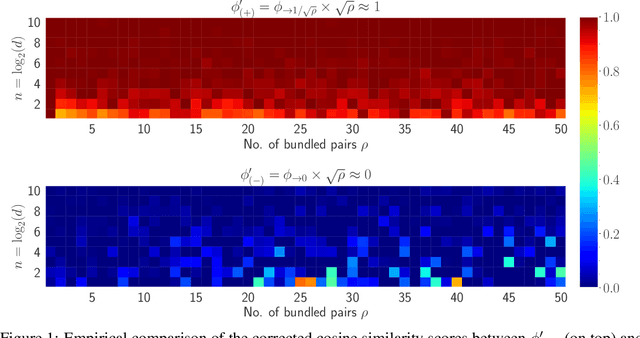


Abstract:Vector Symbolic Architectures (VSAs) are one approach to developing Neuro-symbolic AI, where two vectors in $\mathbb{R}^d$ are `bound' together to produce a new vector in the same space. VSAs support the commutativity and associativity of this binding operation, along with an inverse operation, allowing one to construct symbolic-style manipulations over real-valued vectors. Most VSAs were developed before deep learning and automatic differentiation became popular and instead focused on efficacy in hand-designed systems. In this work, we introduce the Hadamard-derived linear Binding (HLB), which is designed to have favorable computational efficiency, and efficacy in classic VSA tasks, and perform well in differentiable systems. Code is available at https://github.com/FutureComputing4AI/Hadamard-derived-Linear-Binding
SBI-RAG: Enhancing Math Word Problem Solving for Students through Schema-Based Instruction and Retrieval-Augmented Generation
Oct 17, 2024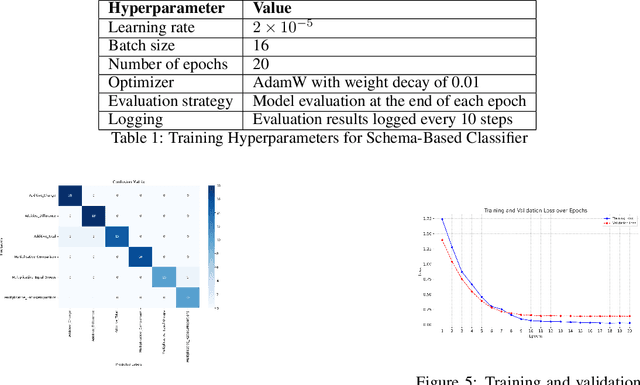
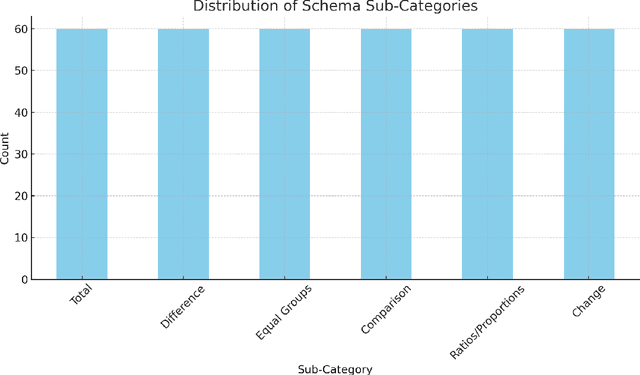
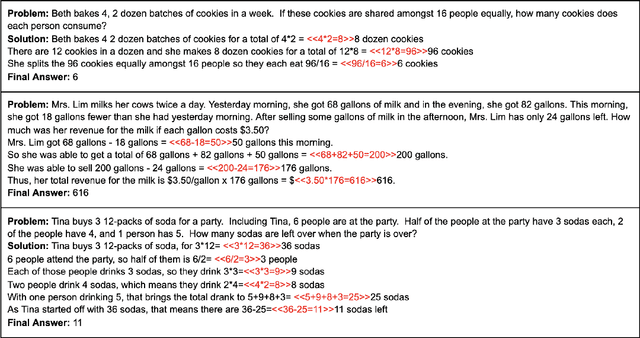
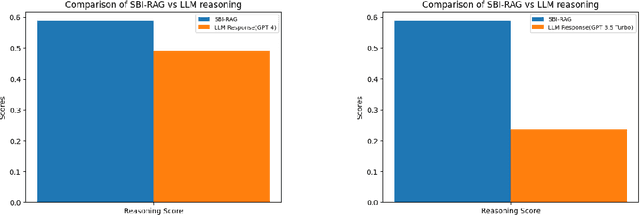
Abstract:Many students struggle with math word problems (MWPs), often finding it difficult to identify key information and select the appropriate mathematical operations.Schema-based instruction (SBI) is an evidence-based strategy that helps students categorize problems based on their structure, improving problem-solving accuracy. Building on this, we propose a Schema-Based Instruction Retrieval-Augmented Generation (SBI-RAG) framework that incorporates a large language model (LLM).Our approach emphasizes step-by-step reasoning by leveraging schemas to guide solution generation. We evaluate its performance on the GSM8K dataset, comparing it with GPT-4 and GPT-3.5 Turbo, and introduce a "reasoning score" metric to assess solution quality. Our findings suggest that SBI-RAG enhances reasoning clarity and problem-solving accuracy, potentially providing educational benefits for students
Holographic Global Convolutional Networks for Long-Range Prediction Tasks in Malware Detection
Mar 23, 2024



Abstract:Malware detection is an interesting and valuable domain to work in because it has significant real-world impact and unique machine-learning challenges. We investigate existing long-range techniques and benchmarks and find that they're not very suitable in this problem area. In this paper, we introduce Holographic Global Convolutional Networks (HGConv) that utilize the properties of Holographic Reduced Representations (HRR) to encode and decode features from sequence elements. Unlike other global convolutional methods, our method does not require any intricate kernel computation or crafted kernel design. HGConv kernels are defined as simple parameters learned through backpropagation. The proposed method has achieved new SOTA results on Microsoft Malware Classification Challenge, Drebin, and EMBER malware benchmarks. With log-linear complexity in sequence length, the empirical results demonstrate substantially faster run-time by HGConv compared to other methods achieving far more efficient scaling even with sequence length $\geq 100,000$.
Advancing Security in AI Systems: A Novel Approach to Detecting Backdoors in Deep Neural Networks
Mar 13, 2024
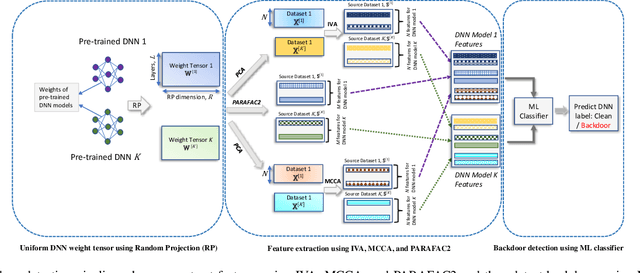

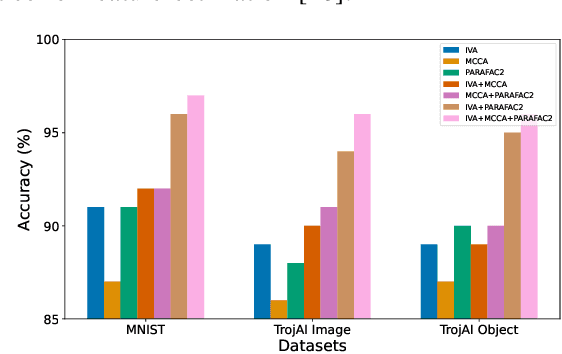
Abstract:In the rapidly evolving landscape of communication and network security, the increasing reliance on deep neural networks (DNNs) and cloud services for data processing presents a significant vulnerability: the potential for backdoors that can be exploited by malicious actors. Our approach leverages advanced tensor decomposition algorithms Independent Vector Analysis (IVA), Multiset Canonical Correlation Analysis (MCCA), and Parallel Factor Analysis (PARAFAC2) to meticulously analyze the weights of pre-trained DNNs and distinguish between backdoored and clean models effectively. The key strengths of our method lie in its domain independence, adaptability to various network architectures, and ability to operate without access to the training data of the scrutinized models. This not only ensures versatility across different application scenarios but also addresses the challenge of identifying backdoors without prior knowledge of the specific triggers employed to alter network behavior. We have applied our detection pipeline to three distinct computer vision datasets, encompassing both image classification and object detection tasks. The results demonstrate a marked improvement in both accuracy and efficiency over existing backdoor detection methods. This advancement enhances the security of deep learning and AI in networked systems, providing essential cybersecurity against evolving threats in emerging technologies.
 Add to Chrome
Add to Chrome Add to Firefox
Add to Firefox Add to Edge
Add to Edge